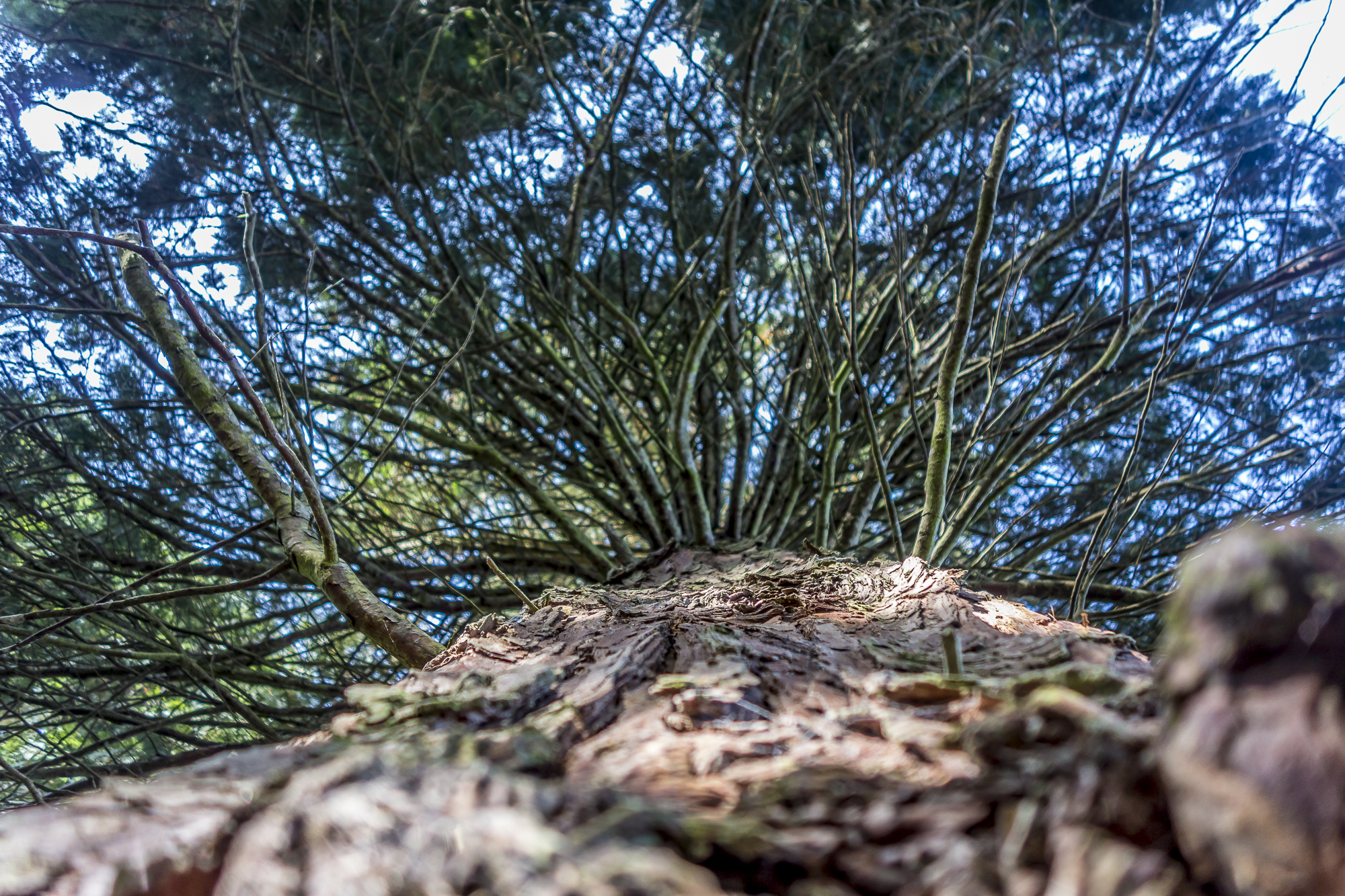
5 secrets about the Vaud Jura
In the westernmost tip of our country there is a forgotten spot of Switzerland. An area that you don’t just drive past. Virtually off the beaten track. To get there, you not only have to cross the Röstigraben, but also, provided you are a public transport traveler, change trains two or three times until you reach your destination. If you are travelling by car, you have to conquer winding, narrow side roads. This mysterious area stretches along the hills behind Nyon all the way up to Vallorbe and is called Parc Jura Vaudois. One of a total of 16 Swiss parks of national importance. I explored the area at the end of September and brought you some tips. One thing in advance: it is worthwhile to consciously target the area.
First of all: Excellent cuisine in Arzier
I am greeted at the back of Nyon station with ukulele strumming. I automatically pick up the rhythm and hum along. My feet want to stop and listen. Or even better: sit down, snap along and enjoy the last rays of sunshine. Unfortunately, Nyon is not yet the destination of my trip. From here, the NStCM “le chemin de fer Nyon – St-Cergue – Morez” takes you on a panoramic journey from the Lake Geneva region towards the Jura hills.
My first stop is Arzier. The village is located in an elevated position and offers beautiful views of the Lake Geneva plain. The small village surprises with a culinary pearl. The Auberge de l’Union serves first-class seasonal delicacies. The restaurant has been awarded 15 GaultMillau points and the Bib Gourmand (good value for money) by the Michelin Guide. Above the restaurant there are a few more rooms, which convince with a skilfully combined materialization of wood and stone elements and a beautiful view. Ideal for indulging in carefree enjoyment in the evening and then plunging into bed a few steps higher.
Auberge de L’Union – Route de Saint-Cergue 9 – 1273 Arzier
Lunch for the second time: Lunch break with a view
Rustic ambience instead of star cuisine can be found in the Chalet des Auges. The so-called Buvette is located above Orbe. The perfect stop on a leisurely hike in the area. On a clear day, you can enjoy a view of Lake Neuchâtel, Lake Biel and Lake Murten from the terrace. We can barely make out Lake Neuchâtel in the persistent haze on the horizon. While we toast with white wine and make our way over the plate, the hacking sound of rotors disturbs the silence as if out of nowhere. “That’s normal,” says the service employee. And he adds: “People from Lausanne or Geneva often come here by helicopter for lunch.” We are all about equally puzzled. But after the helicopter has found its landing spot and the pilot and crew have also taken a seat on the terrace, the idyll returns and we can devote our full attention to the speciality of the house, “Croûtes aux champignons”. Crazy world.
Trees from all over the world
Over 4,000 different tree species in a 200-hectare natural facility. The National Arboretum in Aubonne was originally founded for scientific purposes. Today, numerous walkers enjoy the biodiversity. The facility is freely accessible all year round. Various walking and hiking trails lead through the area. The species originating from the temperate zones are grouped thematically. For example, you walk from the chestnut tree grove past the maple species to the cherry group. In spring and autumn, the biodiversity comes into its own. Background information and further information can be found in the visitor centre at the park entrance.
Arboretum national du Vallon de l’Aubonne – Chemin de Plan 92 – 1170 Aubonne
Lord of the Blossoms
On a sun-drenched slope at 1130 m above sea level near Vaulion, more than 70 different varieties of herbs and medicinal flowers thrive. Since 1996, Erwin Grünenfelder has been successfully cultivating medicinal plants here on a seemingly tiny area of less than 2 hectares. The palette ranges from lemon balm, oregano, peppermint, thyme, calendula, lavender to parsley. From the plants, which are grown according to organic principles, he produces essential oils on the one hand, but also tea blends. If you pass by the farm on a hike, I recommend a detour to the village shop. For me as a tea fanatic, it’s a land of milk and honey. Of course, I stocked up on the sun-drenched, hand-picked and carefully dried tea blends for the winter.
1000 years of stories
Not far from Erwin Grünenfelder’s herb paradise is the charming village of Romainmôtier. The origins of the Benedictine monastery complex date back to the 5th century, making it the earliest monastery foundation in Switzerland. The striking compartment church was built between the years 990 and 1030 according to the plans of the church of Cluny and is one of the oldest Romanesque buildings in Switzerland. The interior of the church impresses with a spacious, light-flooded nave and interesting paintings. Right next to the church is the pretty 13th century house of the prior with a tea room of the same name. A secluded corner to drink a coffee and enjoy the historic ambience.
Note: I was invited to this trip by the Region du Lac Léman – thank you very much for this. As always, my readers can be sure that I always represent my views and enthusiasm here.


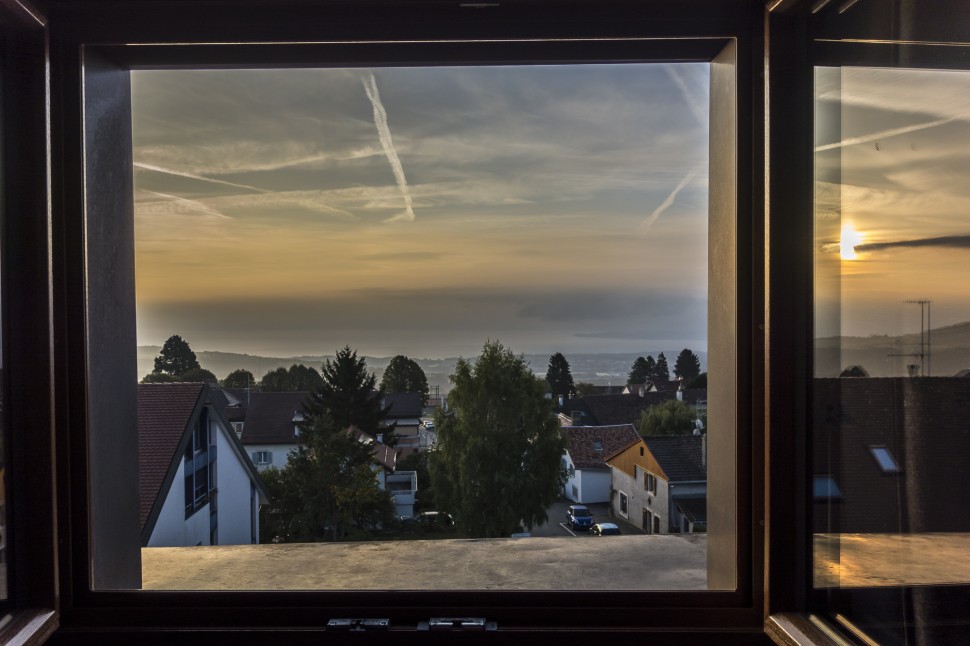
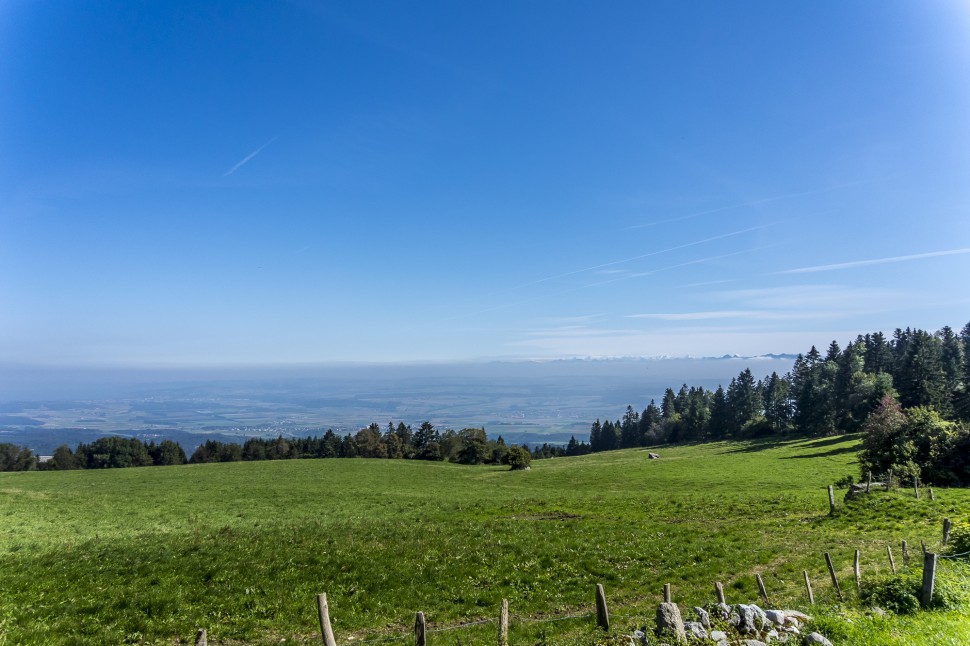
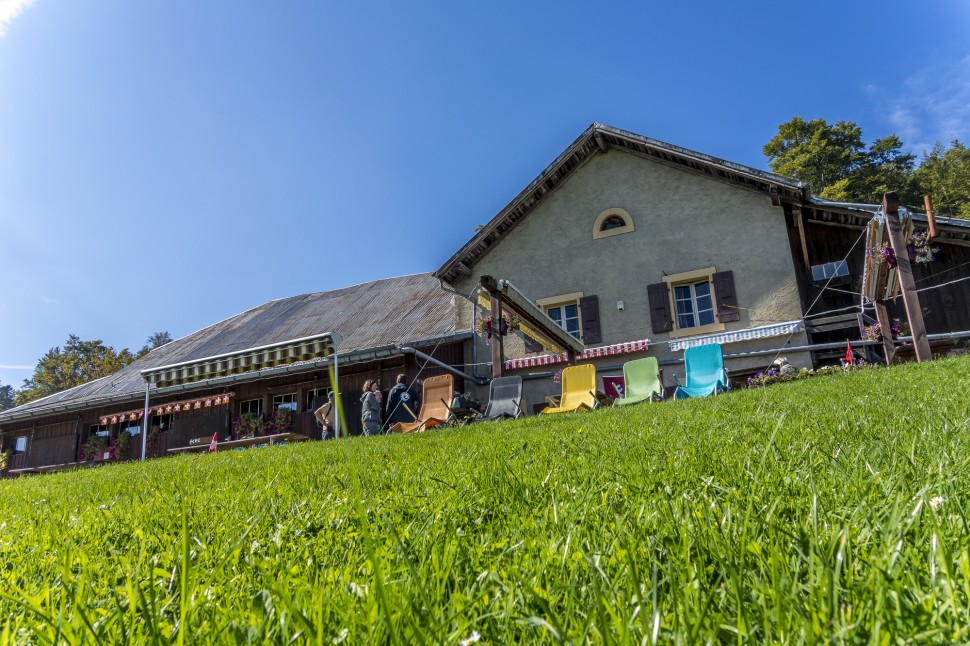
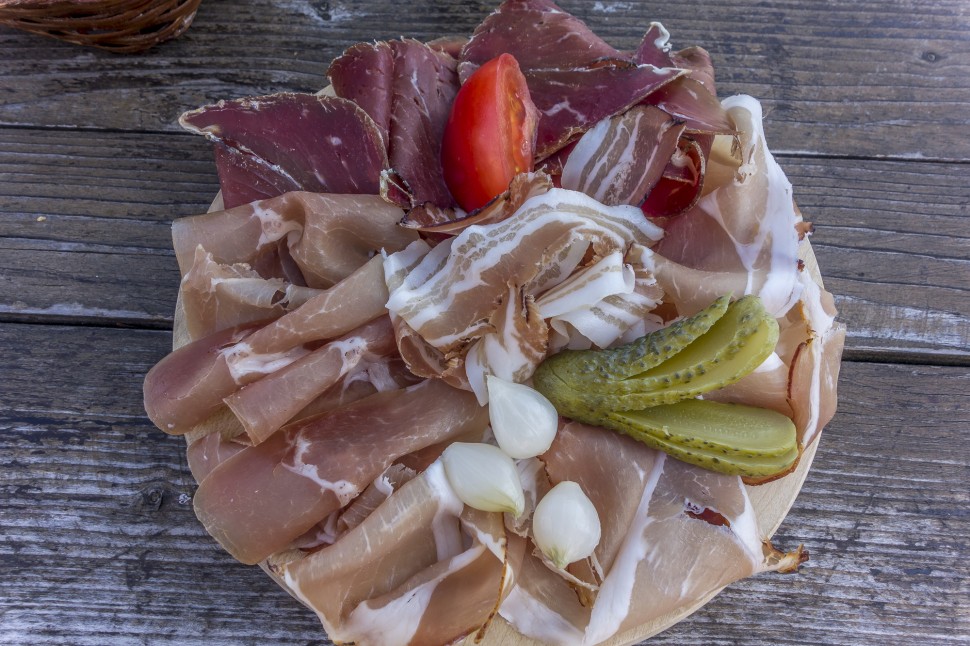
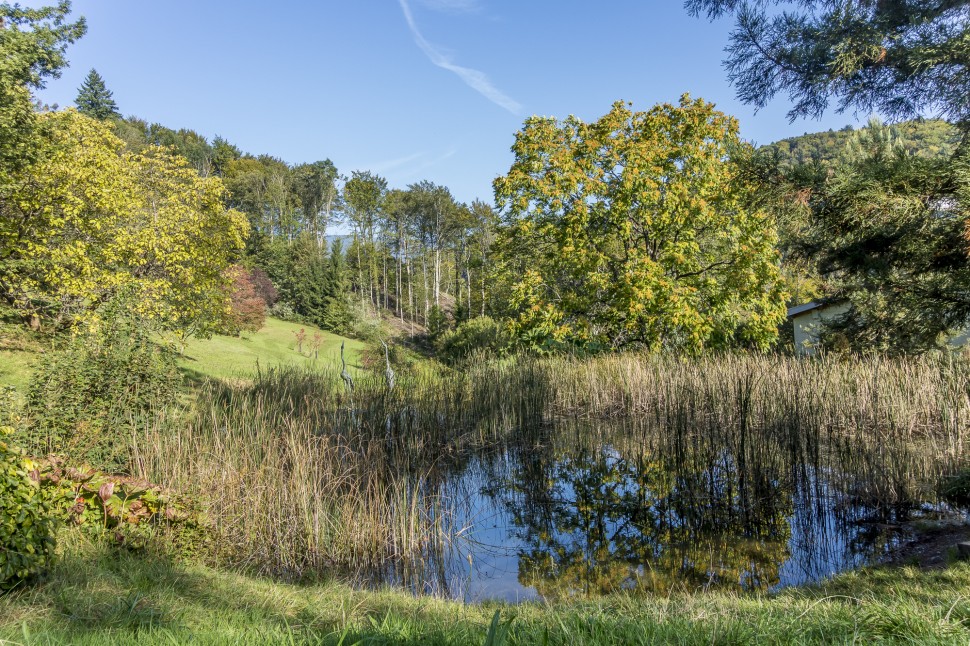
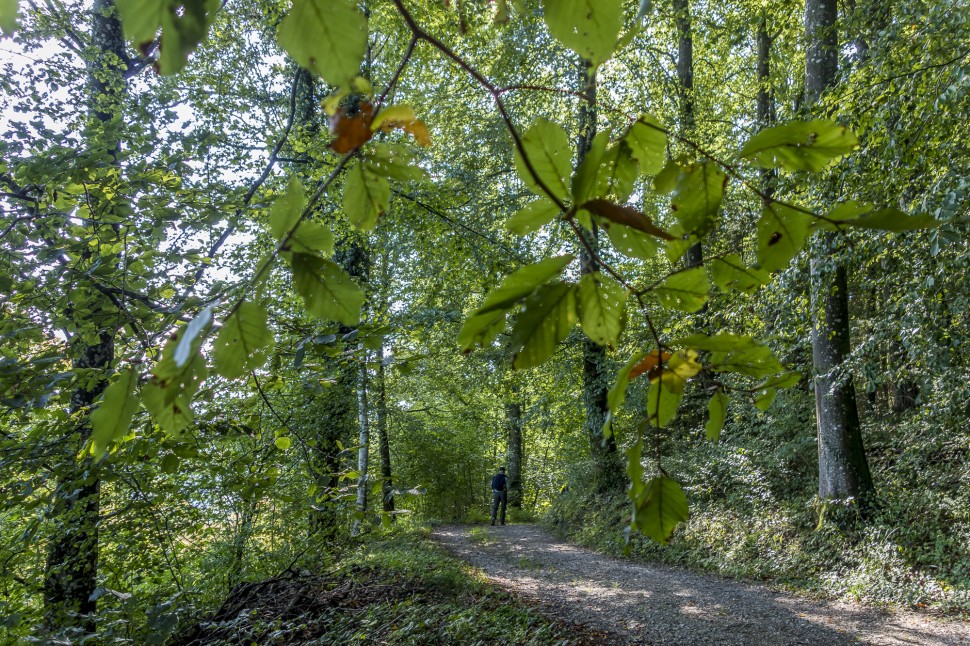
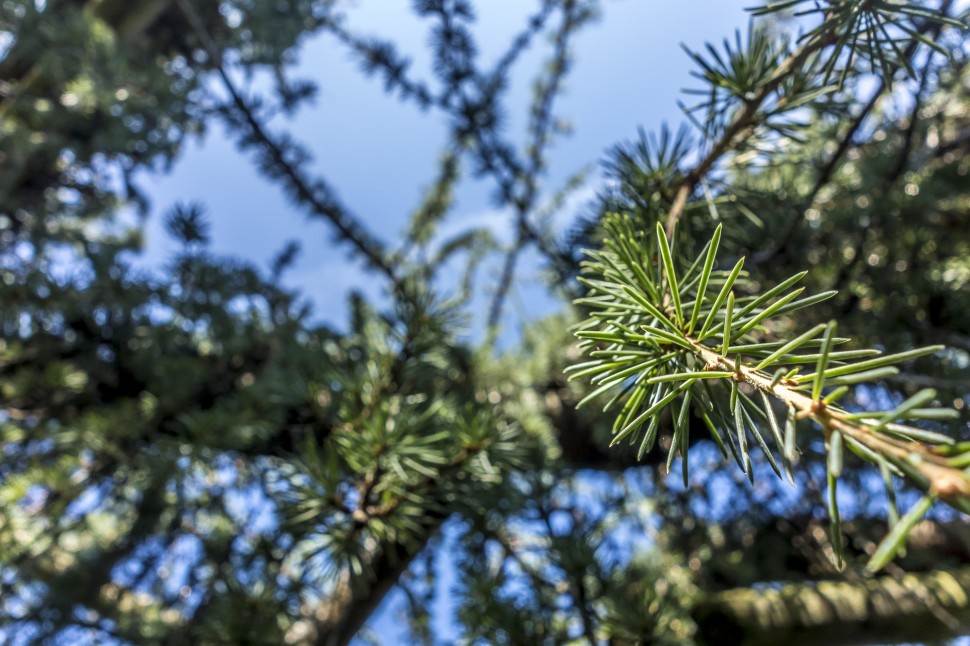
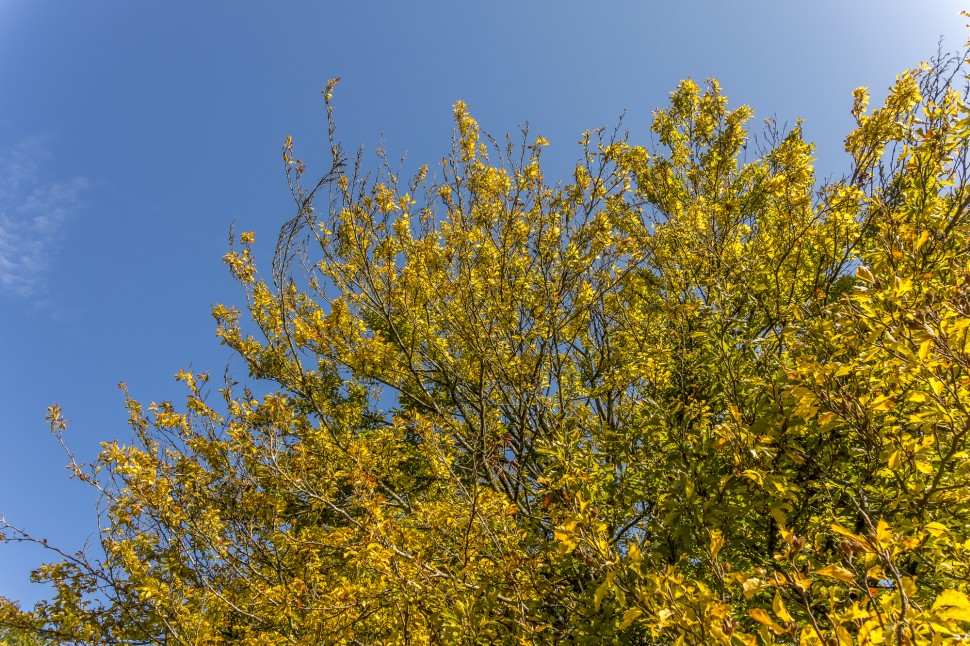
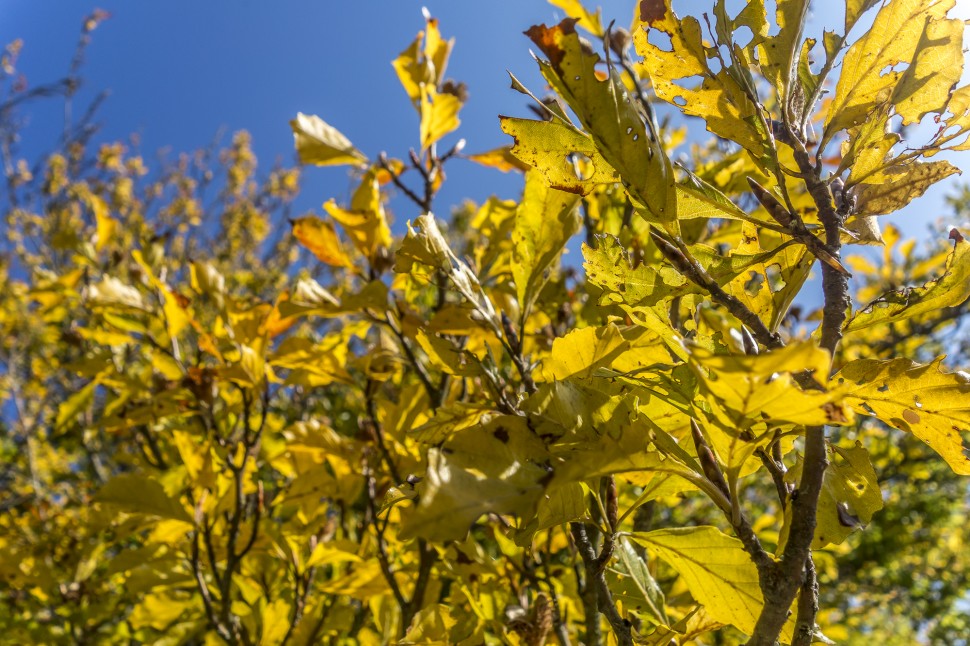
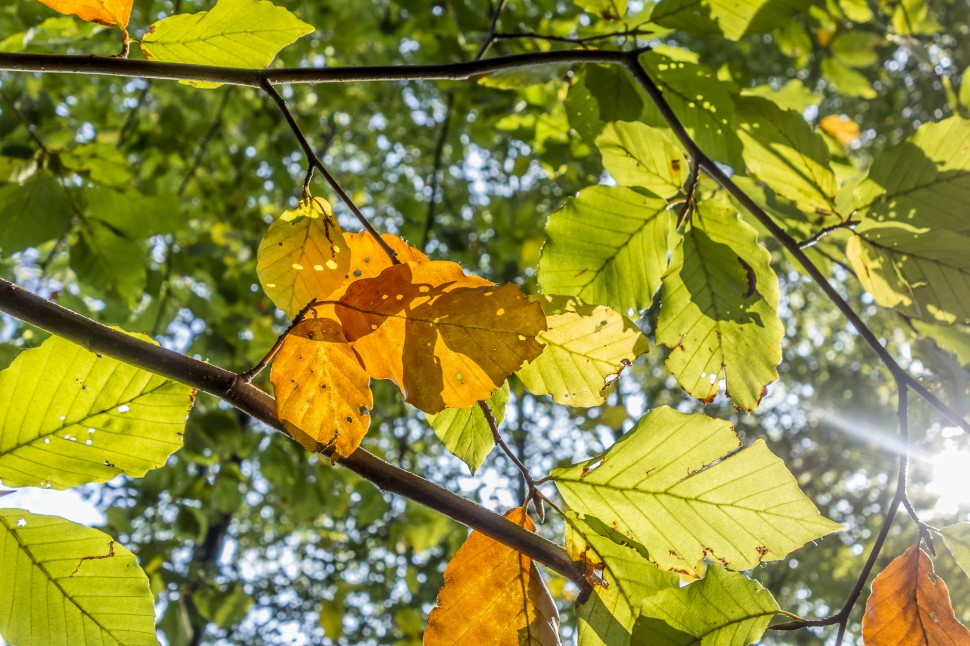
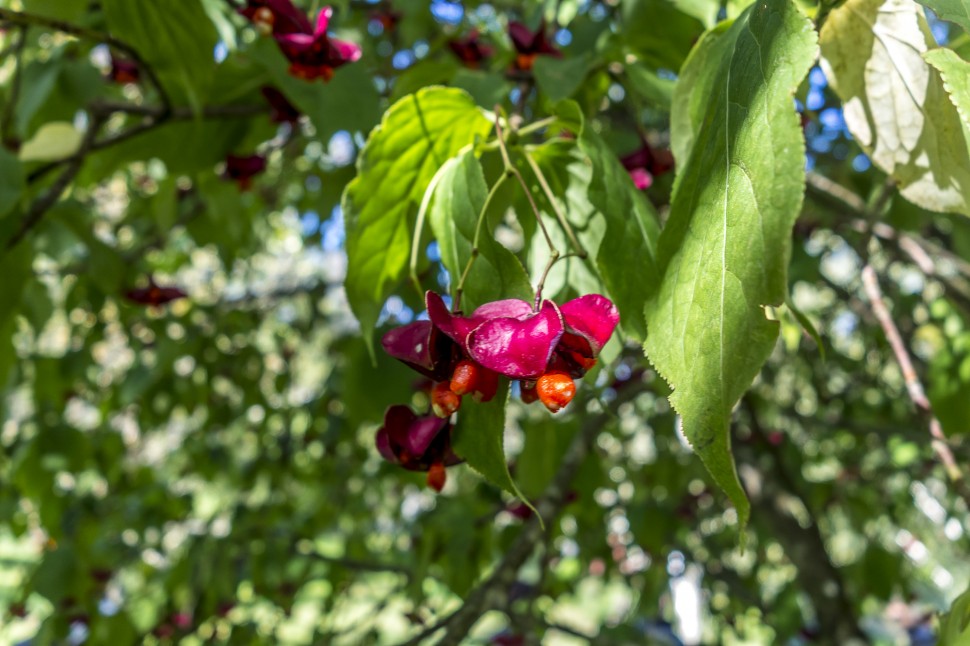
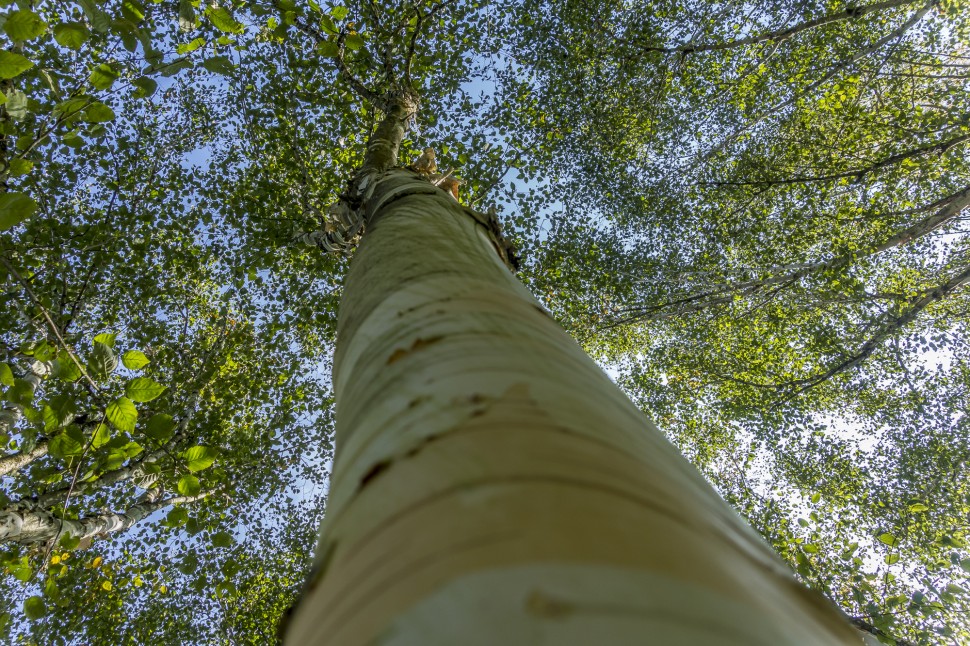
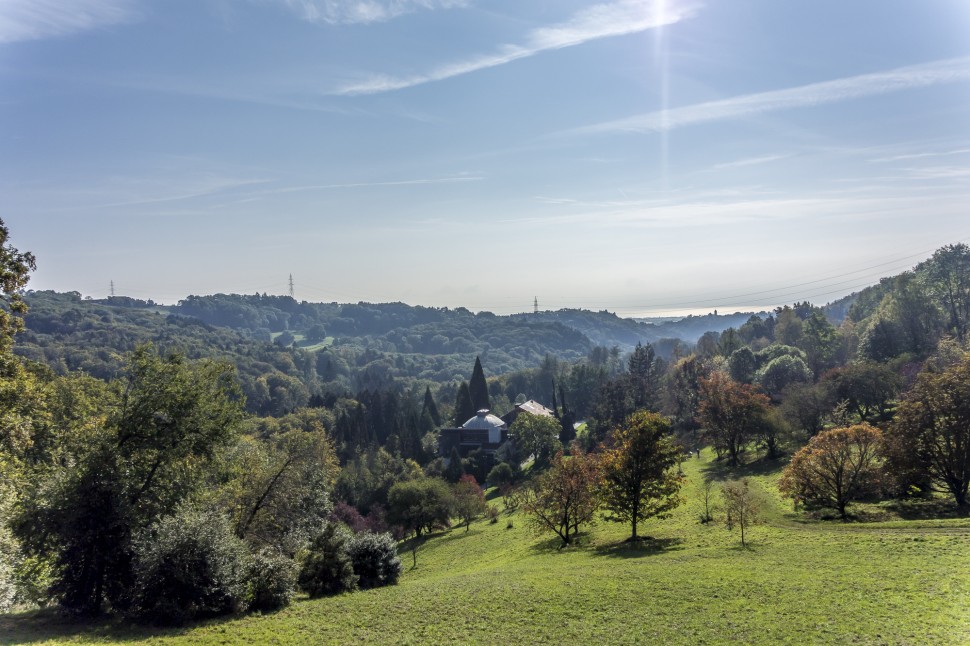
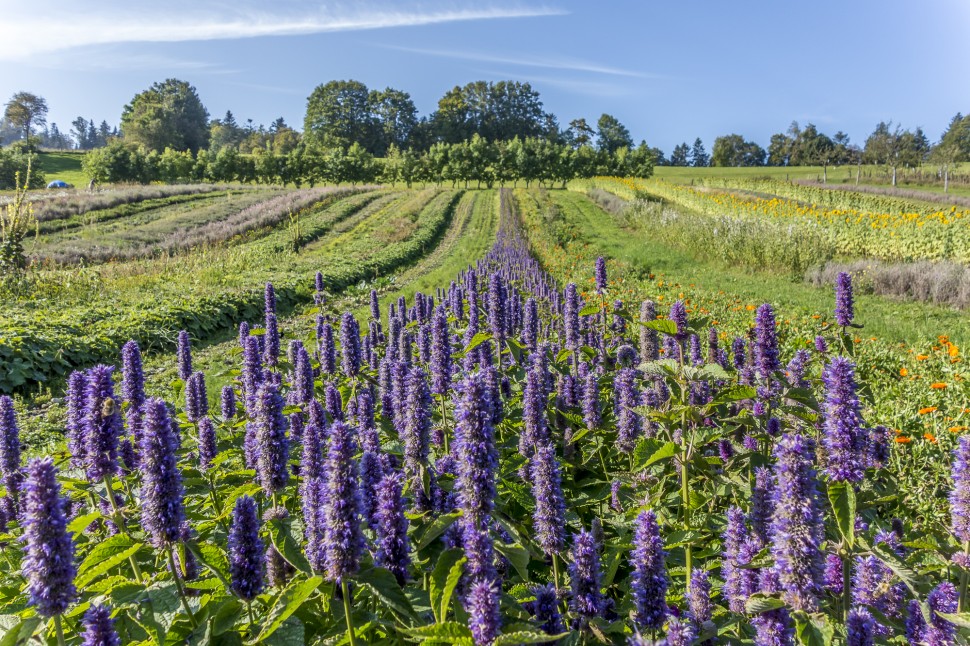
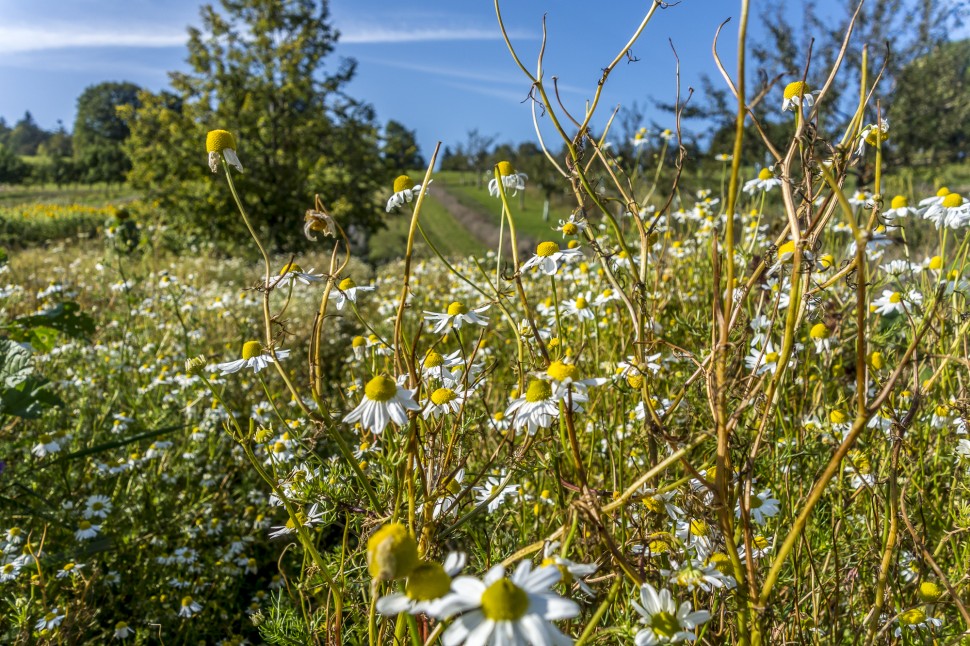
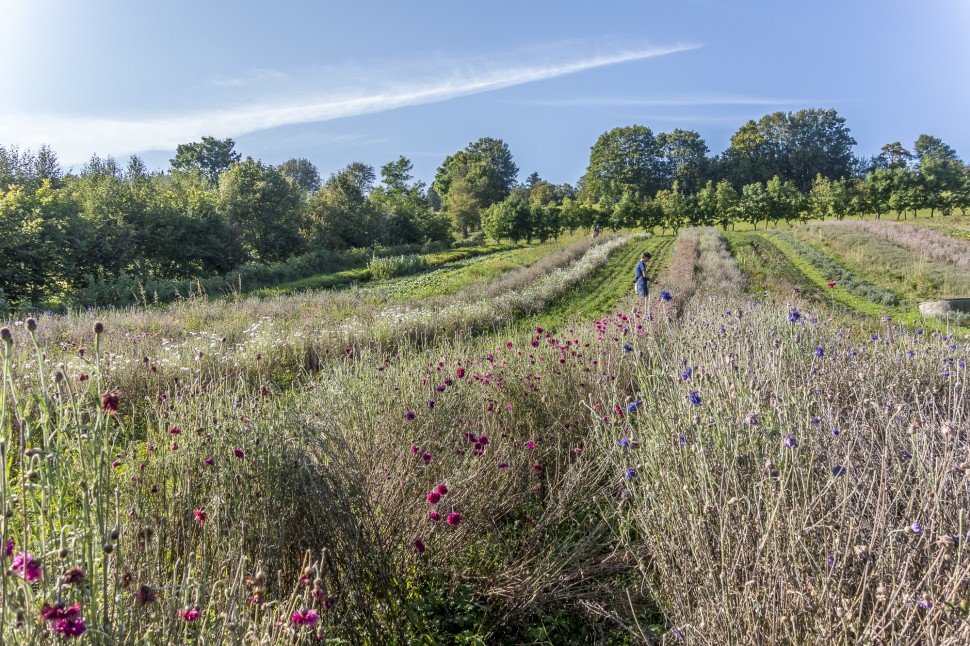
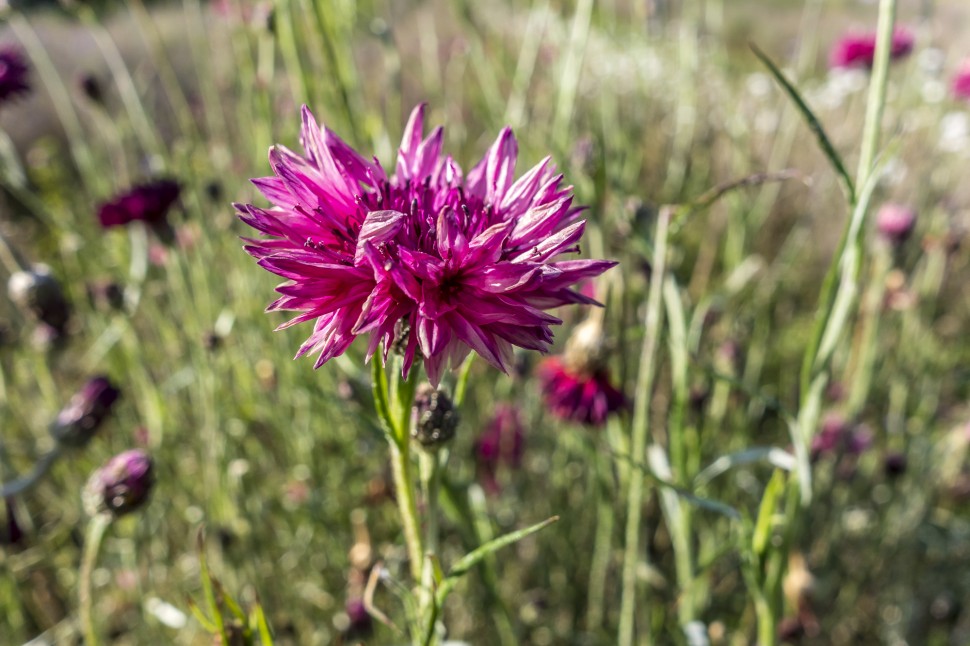
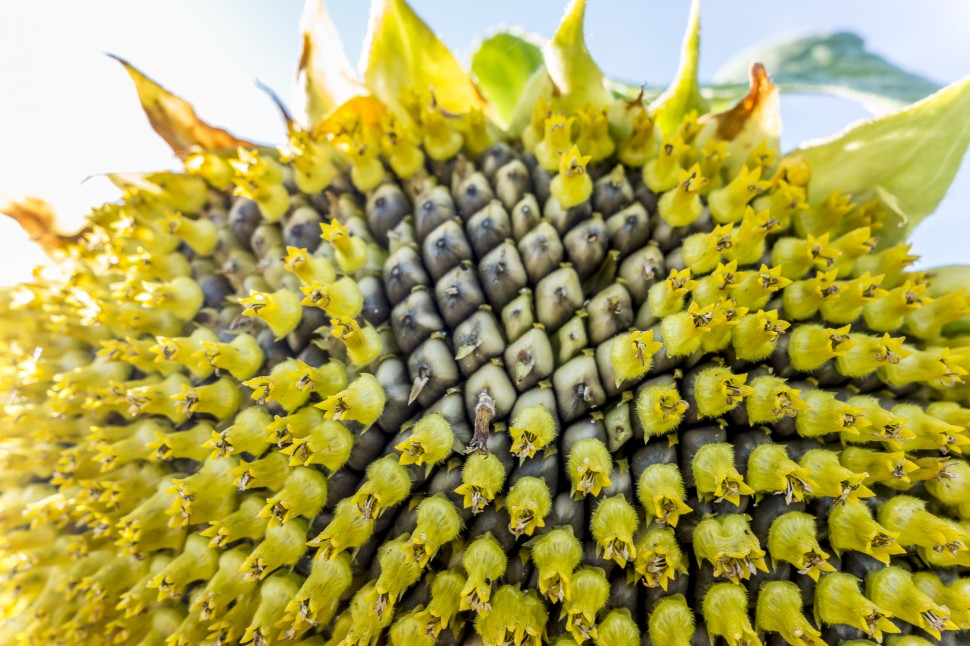
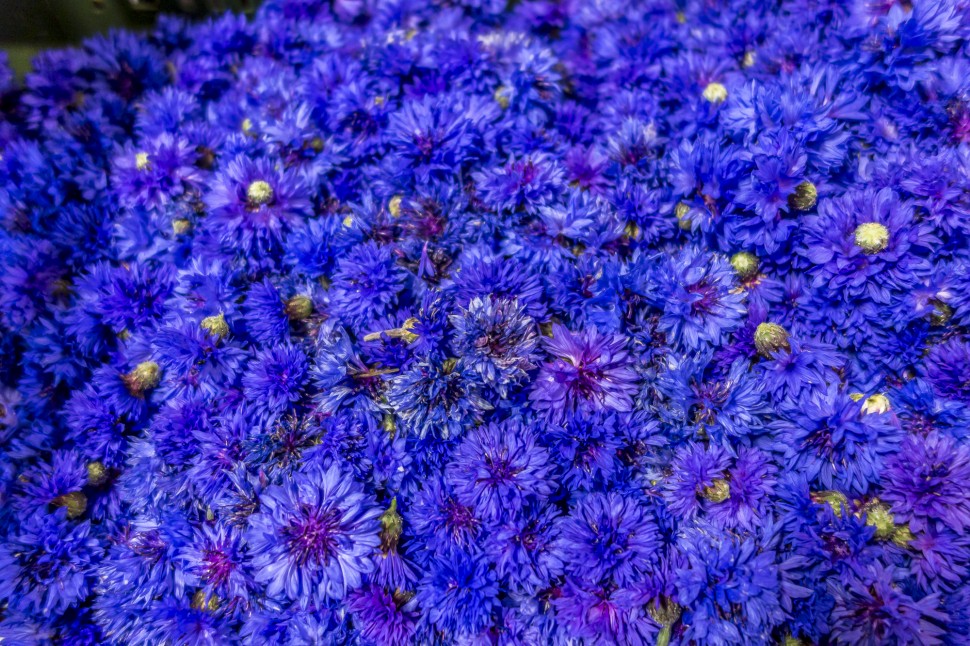
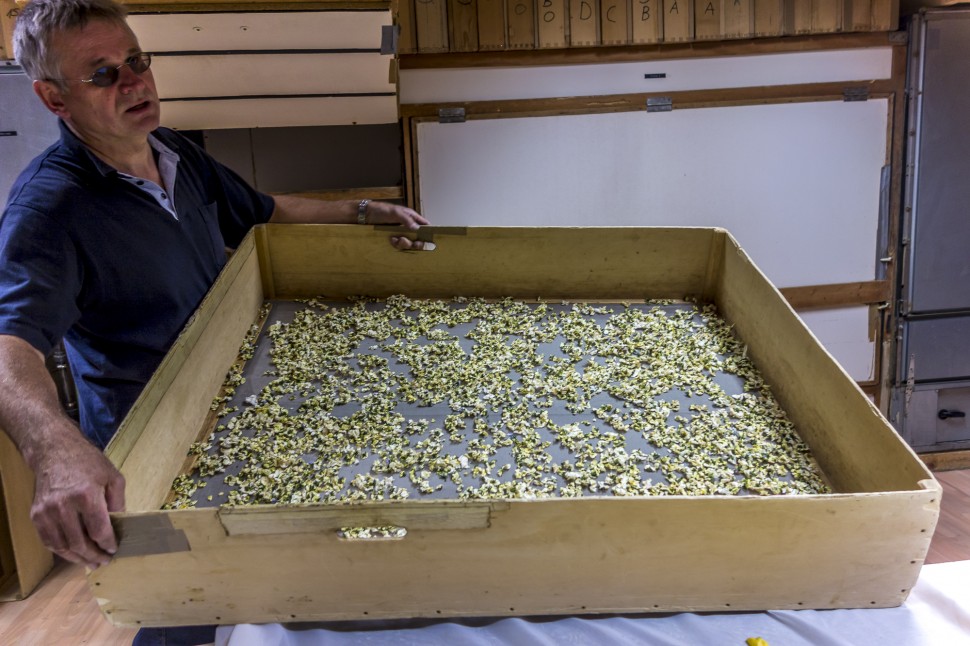
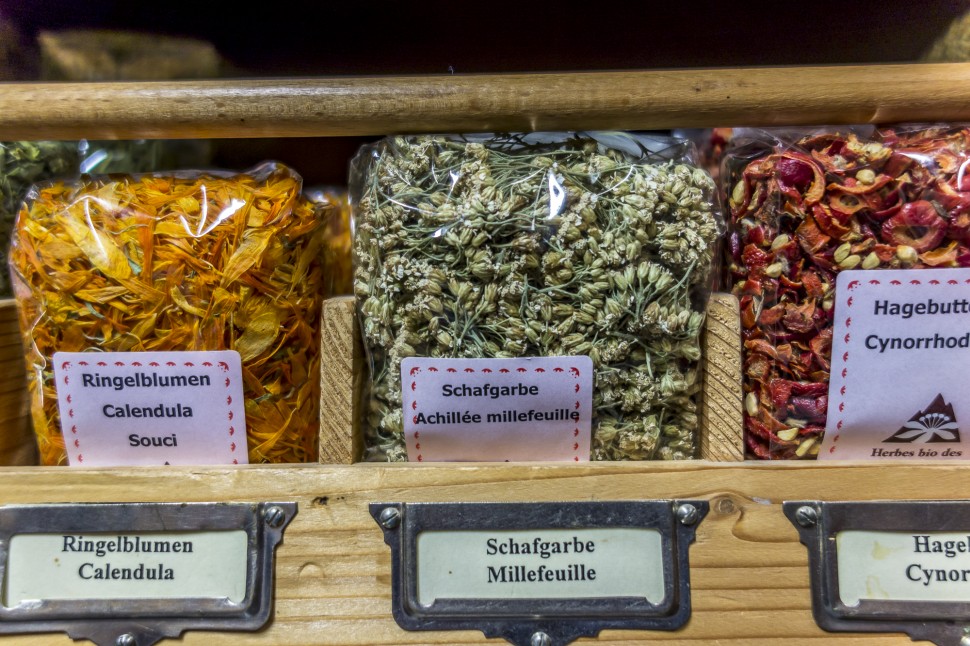
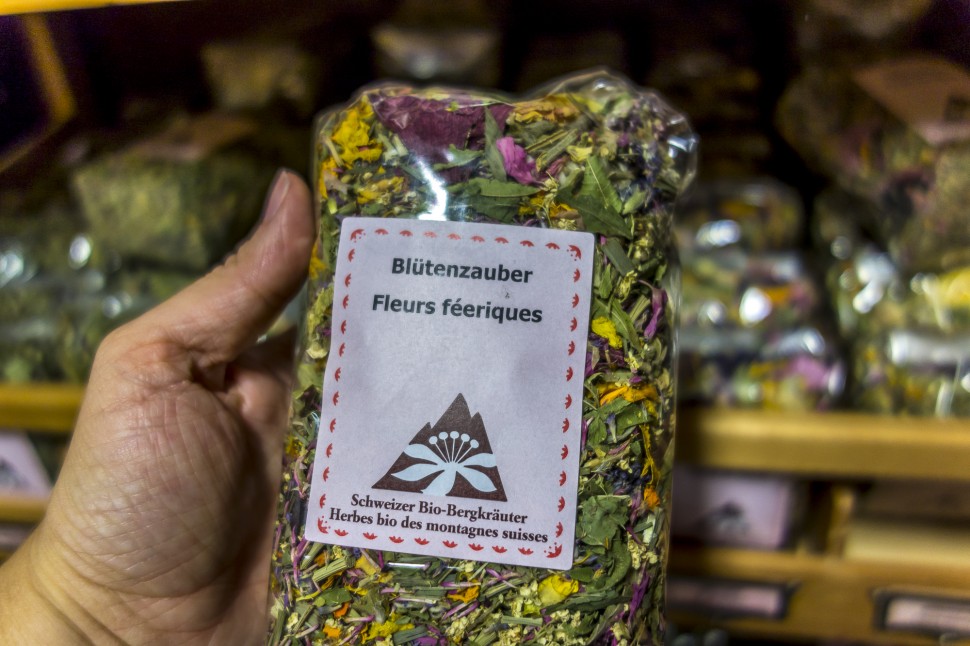
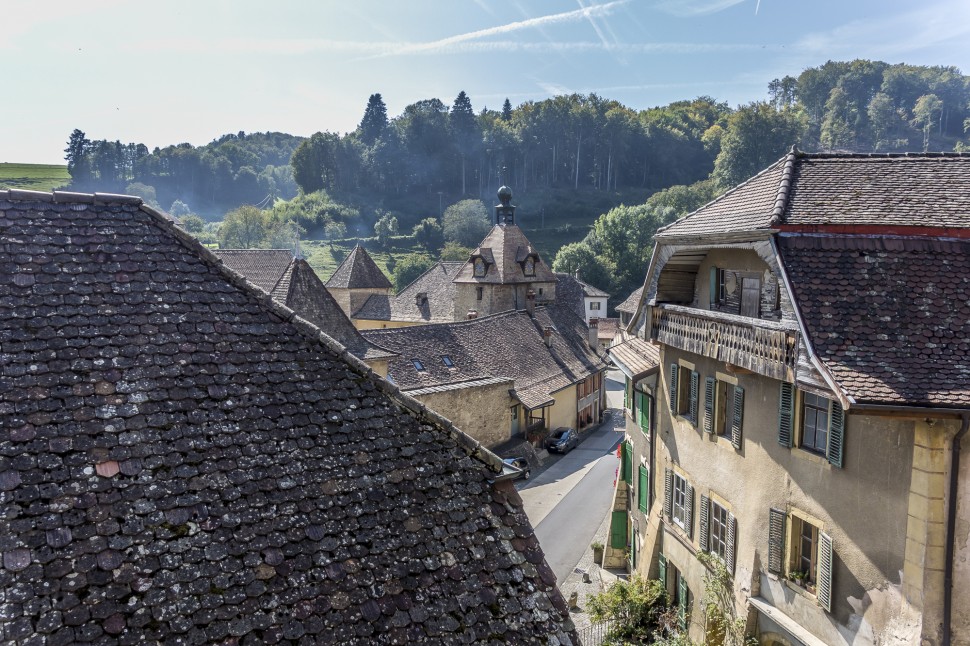
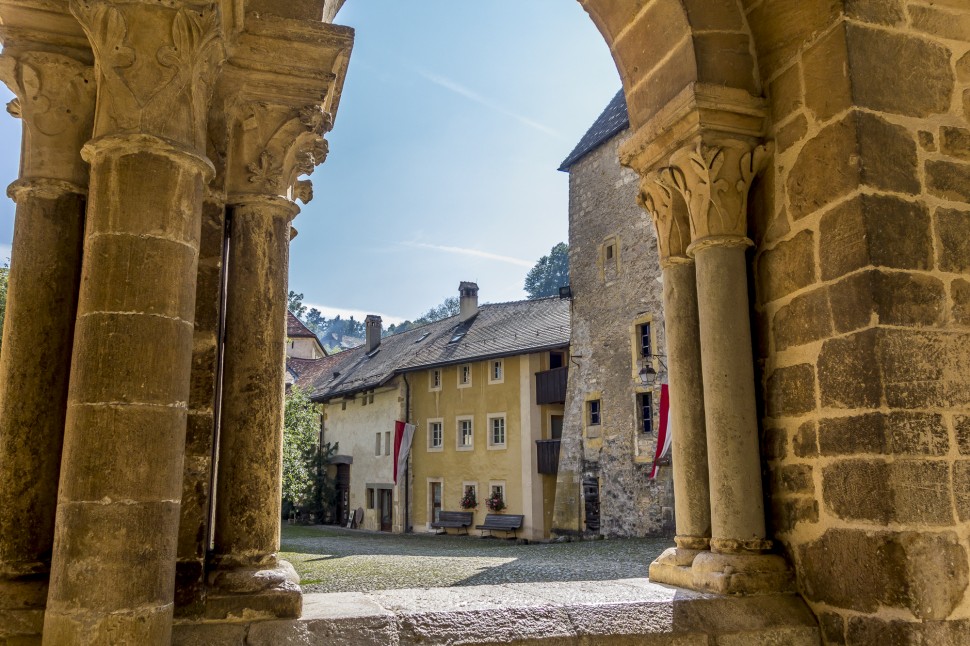
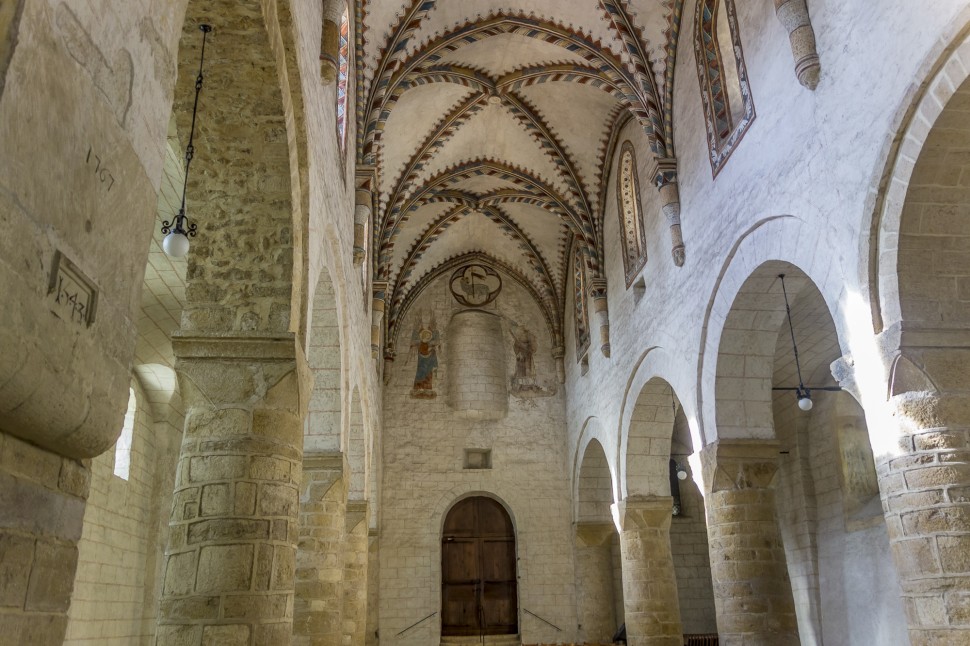
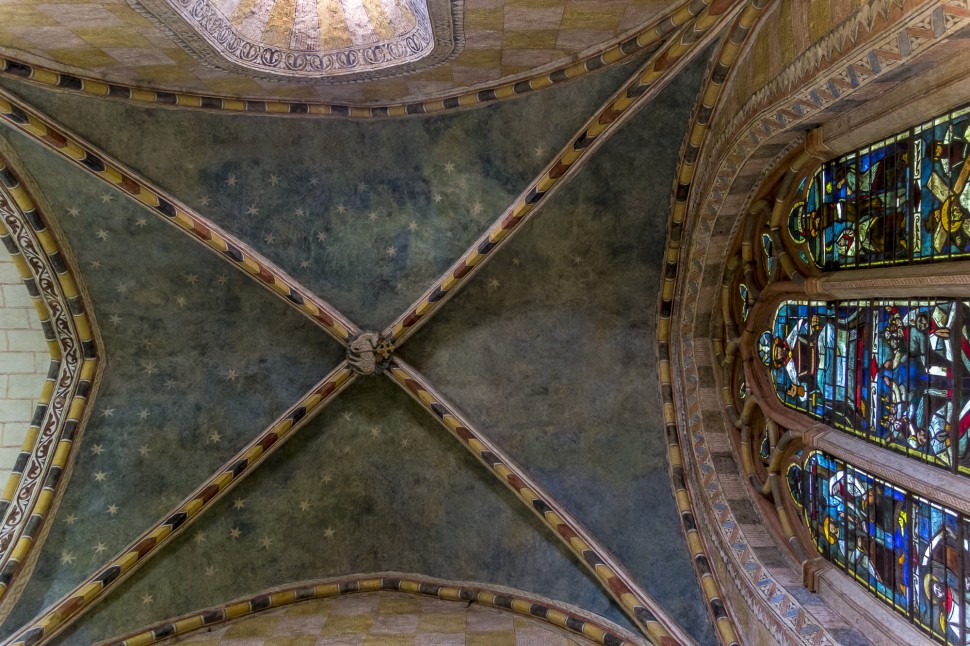
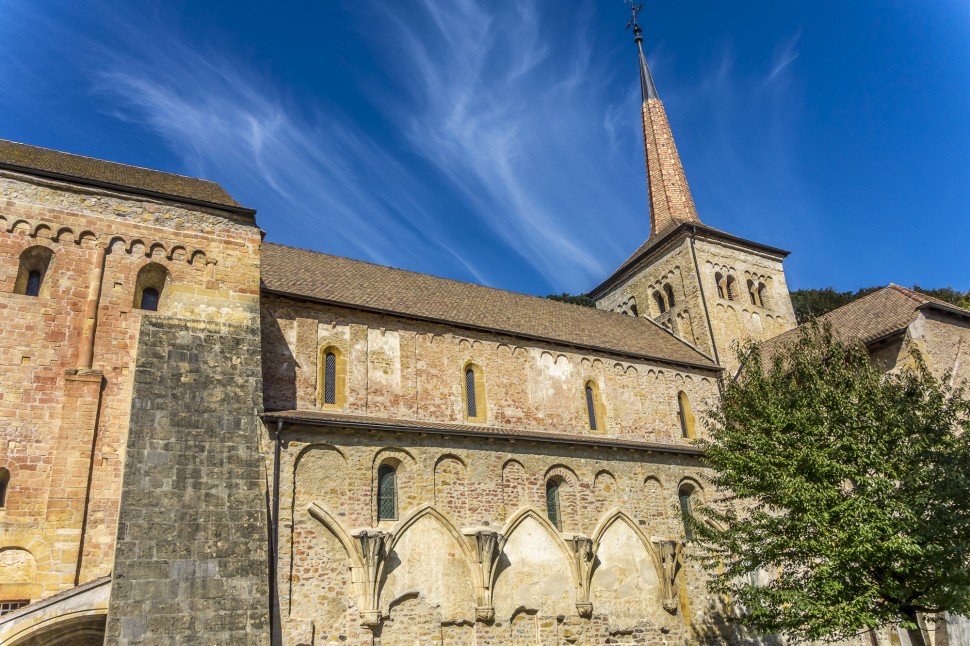
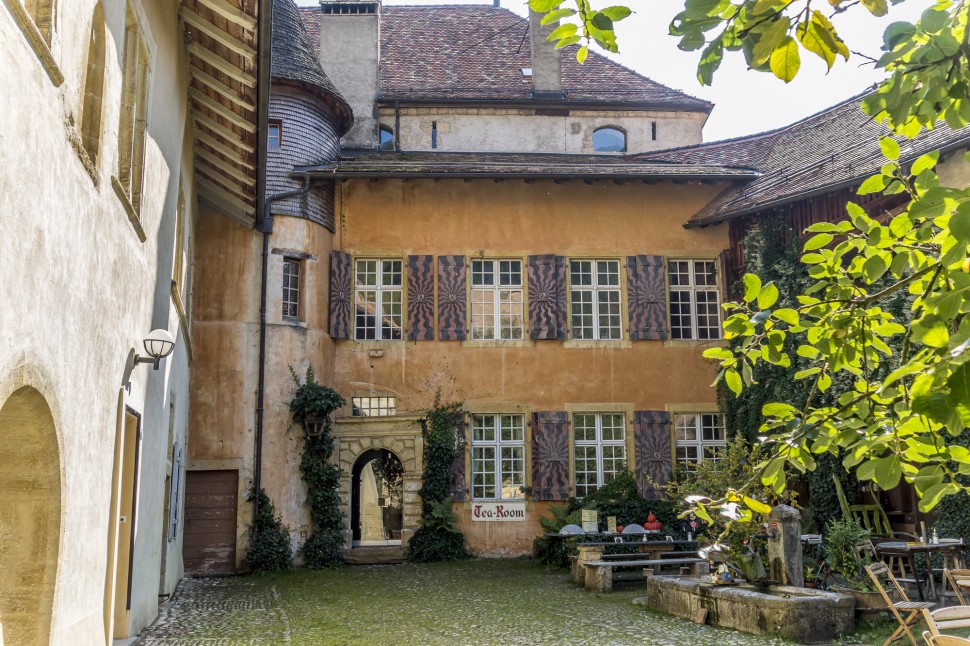
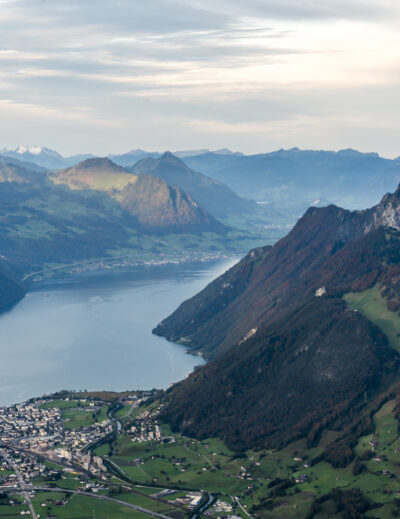

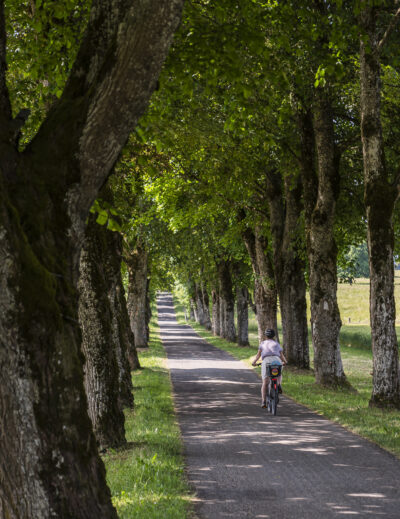
Leave a Reply